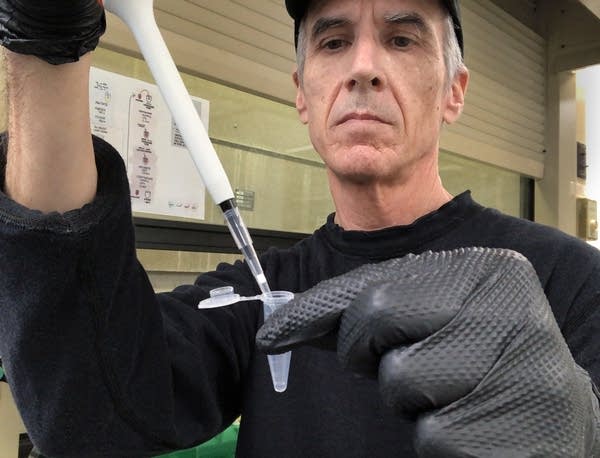Wastewater is king to understanding COVID infections in Minnesota
Hospital data is also helpful when understanding this phase of the pandemic

Steve Balogh, principal research scientist at the Metro Plant in St. Paul, prepares samples of wastewater in a lab. Concentrations of the virus in wastewater have closely mirrored the changing infection rates in the Twin Cities.
Courtesy of Metropolitan Council
Go Deeper.
Create an account or log in to save stories.
Like this?
Thanks for liking this story! We have added it to a list of your favorite stories.


